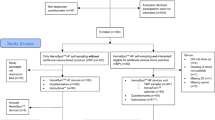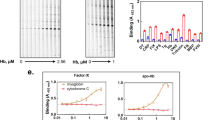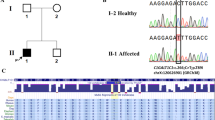Abstract
HUMAN serum reacts with hæmolysates of human erythrocytes to form a precipitate ; this occurs even with the isologous hæmolysate. When the hæmolysate is added to serum in tubes at 37° C., precipitation continues for several days. In agar-gel, using a double diffusion technique, a well-marked precipitate band is formed (Fig. 1). Peetoom et al. 1 described a precipitate of this type in agar-gel, but only minimal precipitation in fluid media. In spite of antigenic differences between adult and fœtal hæmoglobins2, serum and hæmolysate from adult and umbilical cord blood form precipitates in agar-gel, which are qualitatively the same. Cross-precipitation also occurs between human and some animal sera and hæmolysates. As the reaction is of general occurrence, it causes false positive results in tests for auto-antibodies when the tissue extract used as antigen contains sufficient lysed erythrocytes.
This is a preview of subscription content, access via your institution
Access options
Subscribe to this journal
Receive 51 print issues and online access
$199.00 per year
only $3.90 per issue
Buy this article
- Purchase on SpringerLink
- Instant access to full article PDF
Prices may be subject to local taxes which are calculated during checkout
Similar content being viewed by others
References
Peetoom, F., Rose, N., Ruddy, S., Micheli, A., and Grabar, P., Ann. Inst. Pasteur, 98, 252 (1960).
Recent Advances in Clin. Path., Series 3, 202 (Churchill, 1960).
Tuttle, A. H., Science, 121, 701 (1955).
Allison, A. C., and ap Rees, W., Brit. Med. J., ii, 1137 (1957).
Author information
Authors and Affiliations
Rights and permissions
About this article
Cite this article
WILSON, J., JOBLING, D. Precipitation Reaction between Serum and Lysed Erythrocytes. Nature 190, 550 (1961). https://doi.org/10.1038/190550a0
Issue date:
DOI: https://doi.org/10.1038/190550a0



